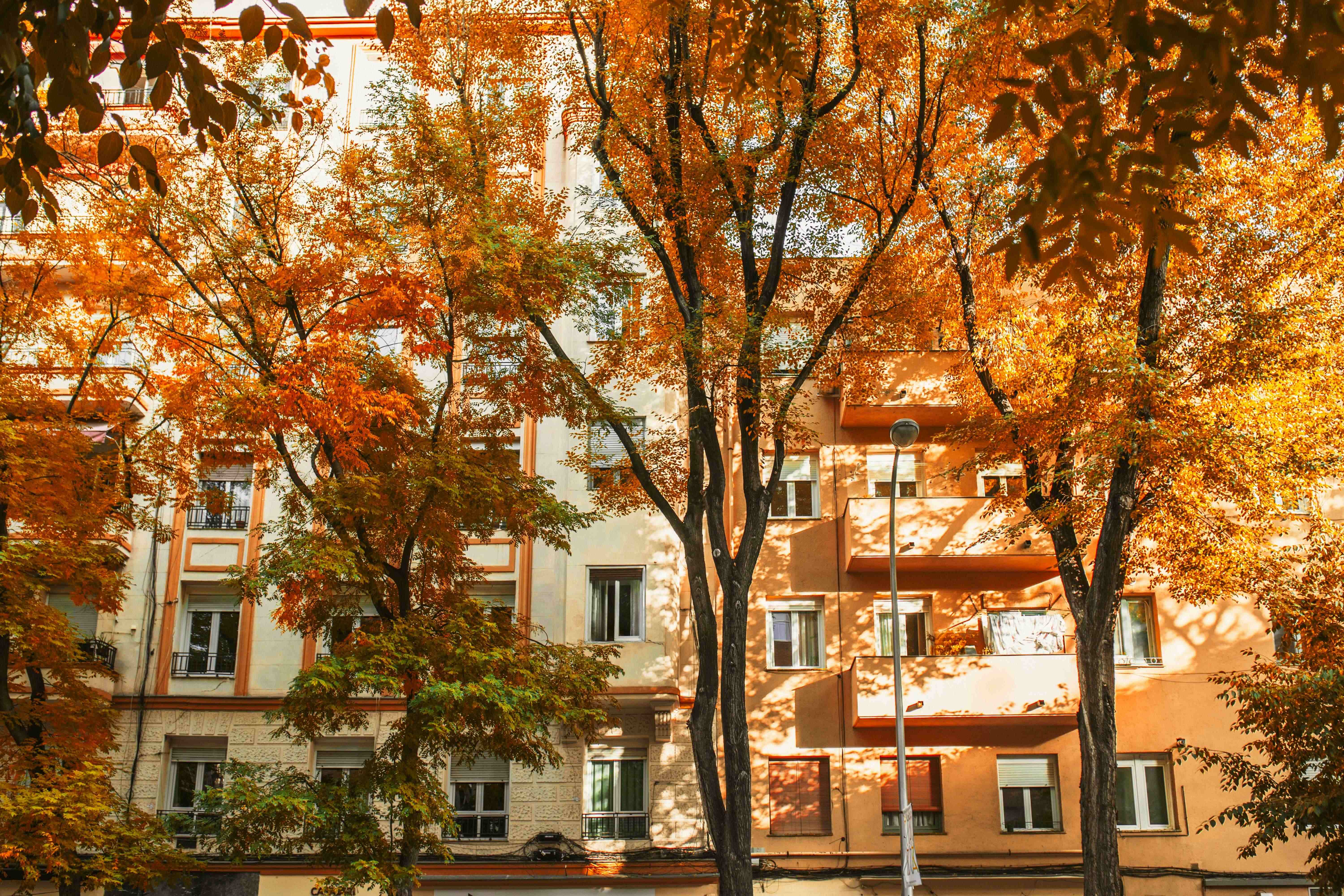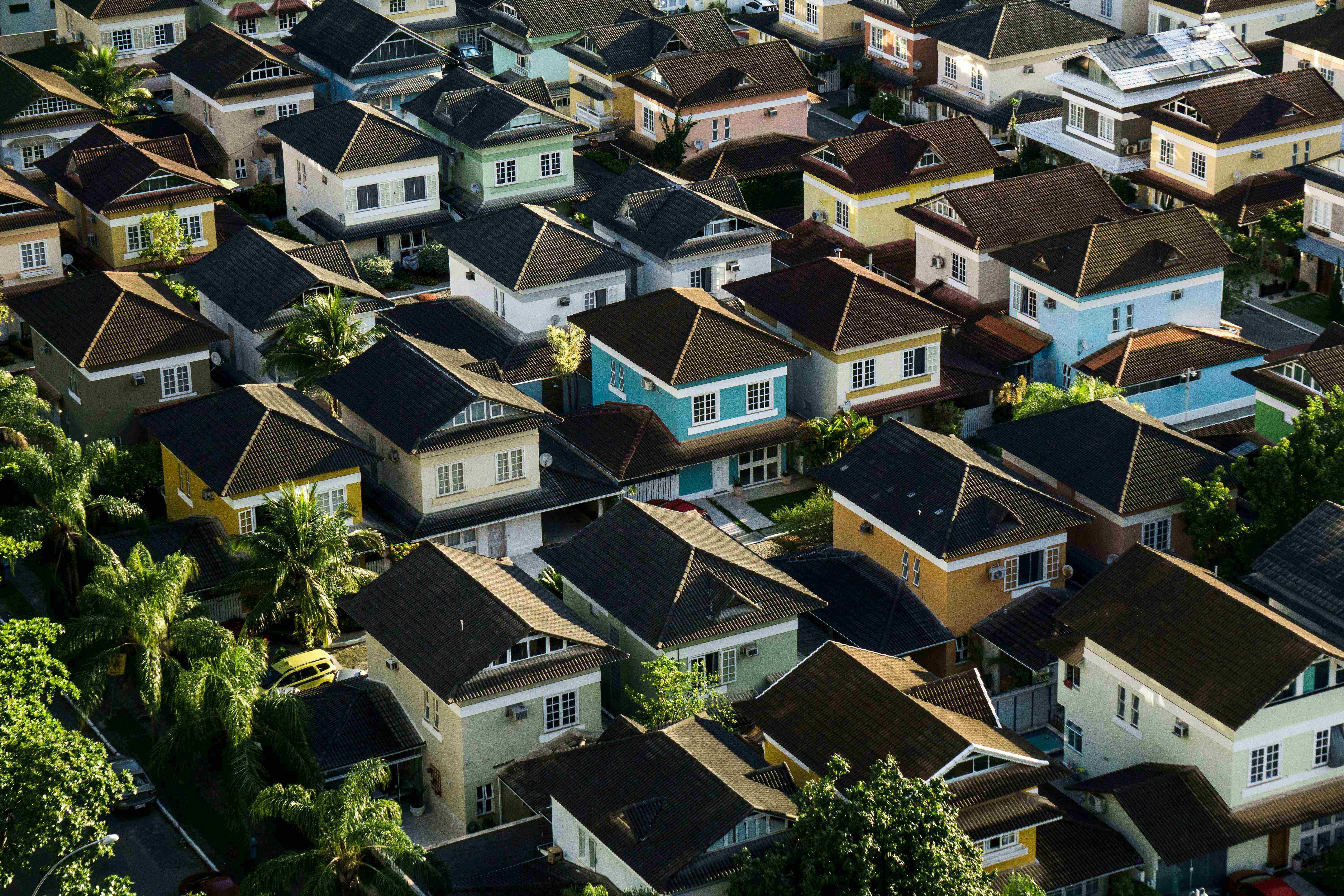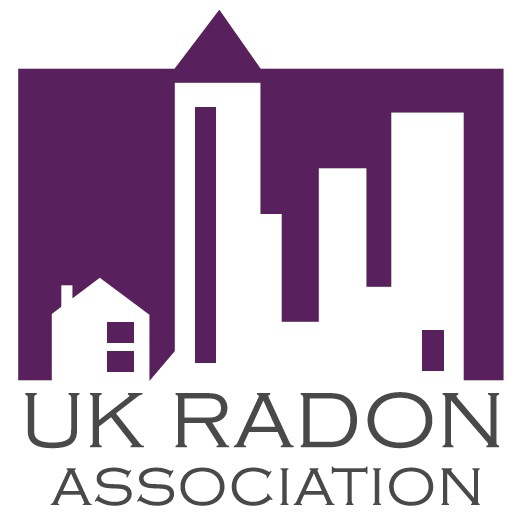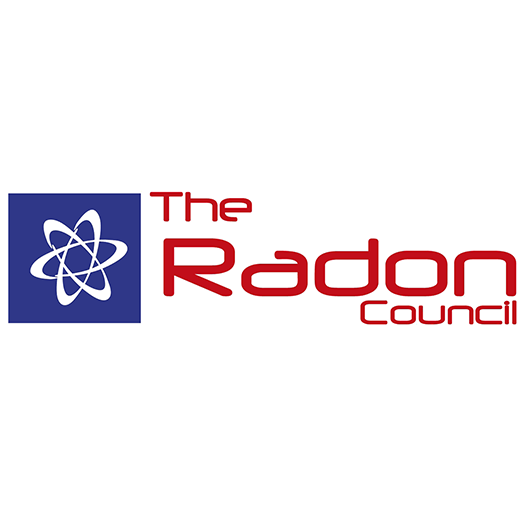Radonova recently participated in the 16th edition of GARRM, an international workshop held in Prague that focuses on the geological aspects of radon risk maps. This year, Radonova delivered a presentation on the topic of accreditation and an informative lecture on “radon action plans” in Europe.
Among those present were Radonova’s José-Luis Gutierrez Villanueva and Zuzanna Podgorska. Zuzanna Podgorska gave a presentation emphasizing the importance of identifying the accreditation standards that a measurement service adheres to and thoroughly evaluating the uncertainties that can arise in various types of measurements. She described two different approaches to assess the uncertainty in radon measurements using passive radon detectors.
“Historically, accreditation has not always been a top priority in radon measurement. However, an increasing number of people are beginning to recognize the importance of being able to guarantee the quality of a radon measurement, including having the measurement processes of the respective laboratory regularly verified by independent organizations,” said Radonova’s José-Luis Gutierrez Villanueva.
Accredited radon measurement means conducting a measurement using radon dosimeters from a radon laboratory that is accredited according to ISO/IEC 17025 and following the instructions that come with the dosimeters. Accreditation according to the laboratory standard ISO/IEC 17025 establishes a level of quality in the operation, meaning there are requirements for quality systems and competence. It’s important to note that accreditation can cover different measurement methods. Therefore, it’s important to verify the types of measurements for which a laboratory is accredited. For example, Radonova is accredited for measurements of both indoor air and water.








